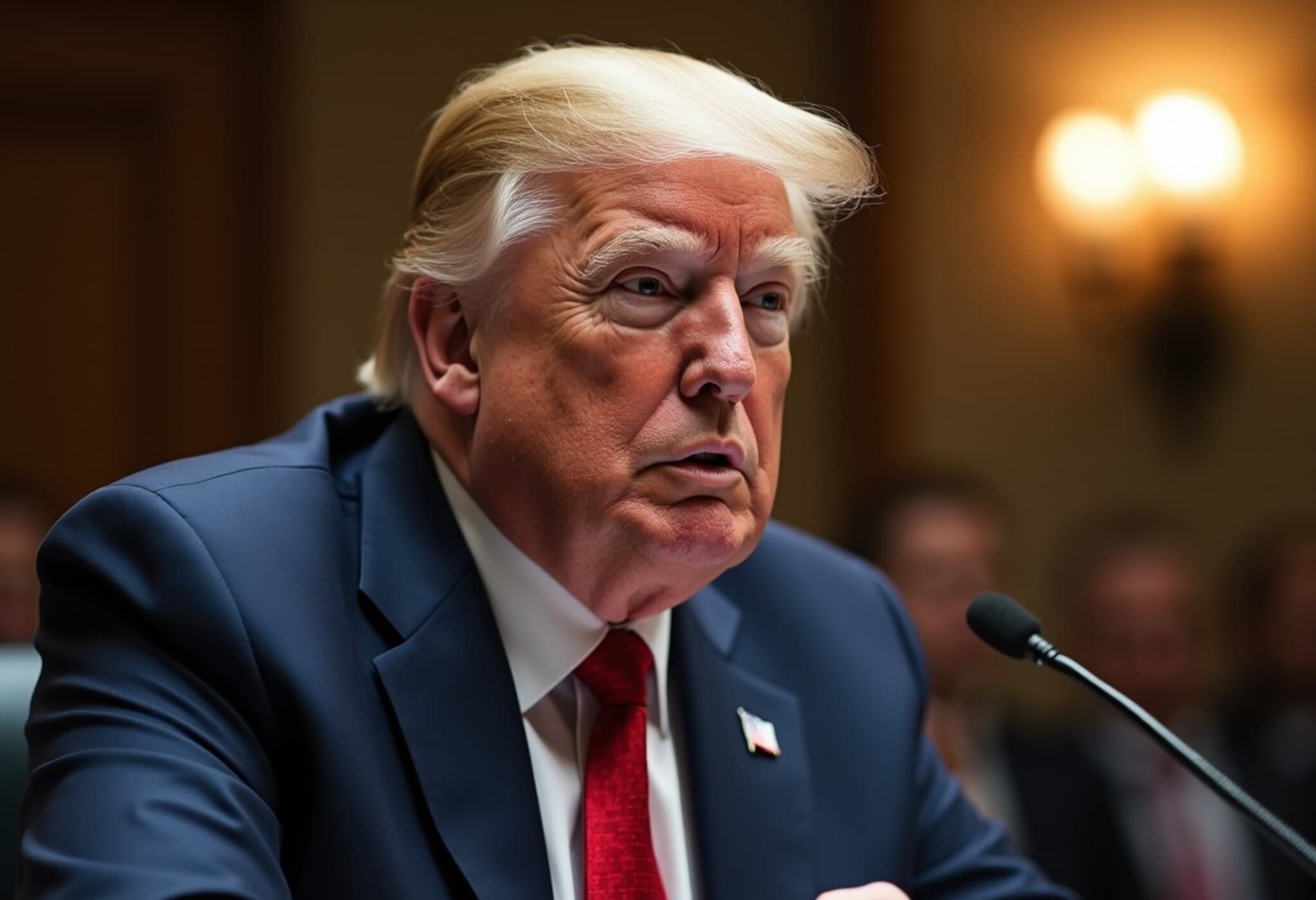Federal Reserve Moves to Ease Capital Requirements on Big Banks
The Federal Reserve has put forward a proposal to ease a significant capital regulation affecting the nation's largest banks. The move, scheduled for a vote at 2 p.m. ET on Wednesday, targets the enhanced supplementary leverage ratio (eSLR), a rule designed to govern both the quantity and quality of capital banks must maintain on their balance sheets.
Understanding the Enhanced Supplementary Leverage Ratio
The eSLR was introduced after the financial crisis to bolster the banking system's resilience by ensuring large financial institutions hold sufficient capital. However, as bank reserves have swelled in recent years and concerns over Treasury market liquidity have intensified, calls from Wall Street executives and some Fed officials have mounted to loosen this requirement.
What the Proposal Entails
The draft rule would relax the capital thresholds banks must meet, reducing the top-tier capital requirement by approximately 1.4%, or $13 billion for bank holding companies. Subsidiaries would experience a more pronounced decrease of around $210 billion in required capital, which would remain on the parent bank’s balance sheet. Currently, both globally systemically important banks and their subsidiaries follow uniform capital rules.
Specifically, the capital requirements would drop from the existing 5% range to between 3.5% and 4.5% for parent banks. For subsidiaries, the range would fall to 3.5% to 4.5% from the current 6%.
Support and Opposition Within the Fed
Some Fed officials are backing the proposed adjustment. Vice Chair for Supervision Michelle Bowman highlighted the benefits to Treasury market stability, noting that the change could reduce the chance of market disruptions and lessen the Federal Reserve’s need to step in during stressful periods. Governor Christopher Waller also expressed support.
Bowman emphasized, “We should be proactive in addressing the unintended consequences of bank regulation, including the bindingness of the eSLR, while ensuring the framework continues to promote safety, soundness, and financial stability.”
Potential Impact for Banks and Markets
The proposal aims to give banks greater flexibility to hold more low-risk assets such as U.S. Treasurys, which currently face the same capital treatment as higher-risk instruments like high-yield bonds—something many see as disproportionately restrictive. The intention is to transform capital regulations from constraining factors into effective safety nets that support bank activities.
Concerns and Dissenting Opinions
Not everyone is convinced. Governors Adriana Kugler and Michael Barr, who previously served as Vice Chair for Supervision, have voiced opposition. Barr argued that while the changes might encourage more Treasury market intermediation in normal conditions, they are unlikely to prove helpful during periods of market stress.
He cautioned, “Firms will likely use the proposal to distribute capital to shareholders and pursue the highest-return activities rather than meaningfully increasing Treasury intermediation.”
Aligning with Global Standards
The leverage ratio has faced criticism for penalizing banks holding U.S. Treasurys. The new proposal seeks to bring U.S. regulations into closer alignment with the Basel standards, a set of internationally recognized banking regulations designed to ensure financial stability worldwide.



















